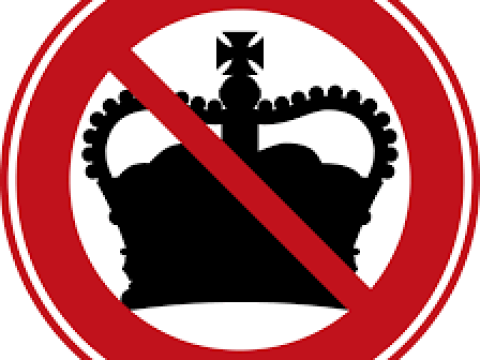If you believe the media, there seems to be heaps of unruly workers going out on strike at the moment. And yes, it appears so – the recent teachers’ strike of up to 16,000 surpasses the total number of workers going out nationwide in 2008 and 2009 put together! (8,950 in 2009 and 4993 in 2008).

As well, about a thousand radiographers and hundreds of medical lab and Ministry of Education workers have been on strike, and hundreds of Housing NZ and ACC workers continue with low key industrial action, such as work-to-rules. And there is more ahead – over 4000 junior doctors appear to be set to strike, and if you count the big nationwide stopworks against the new employment laws on Oct. 20 as industrial action, then this year is shaping up as involving more striking workers than for any year in the whole noughties decade of 2000–2010.
Much of this dissent is an expression of anger against the tiny wage increases workers have been offered due to the cost-cutting spree caused by the recession. But there isn’t just rage against the wage. Most of these strikes are compelled by exhaustion from overwork – having to work too hard and having to do unpaid overtime (both often due to staffing shortages). It’s unsurprising that class struggle is taking this form – central to the neo-liberal deal is the attempt to speed up work to unnatural levels in return for less real pay.
While these struggles by predominantly white-collar workers in majority female workplaces are encouraging, let’s not get carried away with them. They haven’t blossomed into broader classwide confrontations, as they are often just narrow attempts by occupational strata to catch up with, or surpass, other occupational strata in terms of pay (i.e. they are relativity disputes). Strikes have been defensive in nature, such as the Ministry of Justice strikes against the public sector wage freeze. Recent years, including this one, still see us unfortunately experiencing some of the lowest amounts of strike activity in NZ history. The 2000s in general saw a bit less strike action than the 1950s, a decade considered to be characterised by social peace and conformity (that is, after the wharfies and sympathy strikers were crushed in 1951). Even if 25,000 strike this year, it’s still only a tiny fraction of the workforce going out on strike (1.2%), when in the 1970s and 1980s generally well over 10% of the workforce were striking. And few workers have gained major pay increases – many, including some who have been on strike, are settling for very small pay increases of 1% to 2% (less than the rate of inflation) and mere assurances high workloads will be examined by joint working parties, rather than reduced. We have a long way to go facing an aggressive, militant and united capitalist class, but these strikes and stopworks are something to build upon.






Comments
Quick note on this for future
Quick note on this for future stuff, as you've already done an overview piece you probably didn't need the two separate ones to go in at the same time, as it both duplicates information and makes the news page look a bit heavy on the one country. Rolling them into one roundup, stretching them over a few days so other stories can break it up or doing the roundup as a library or blog piece can help diffuse it across the site.